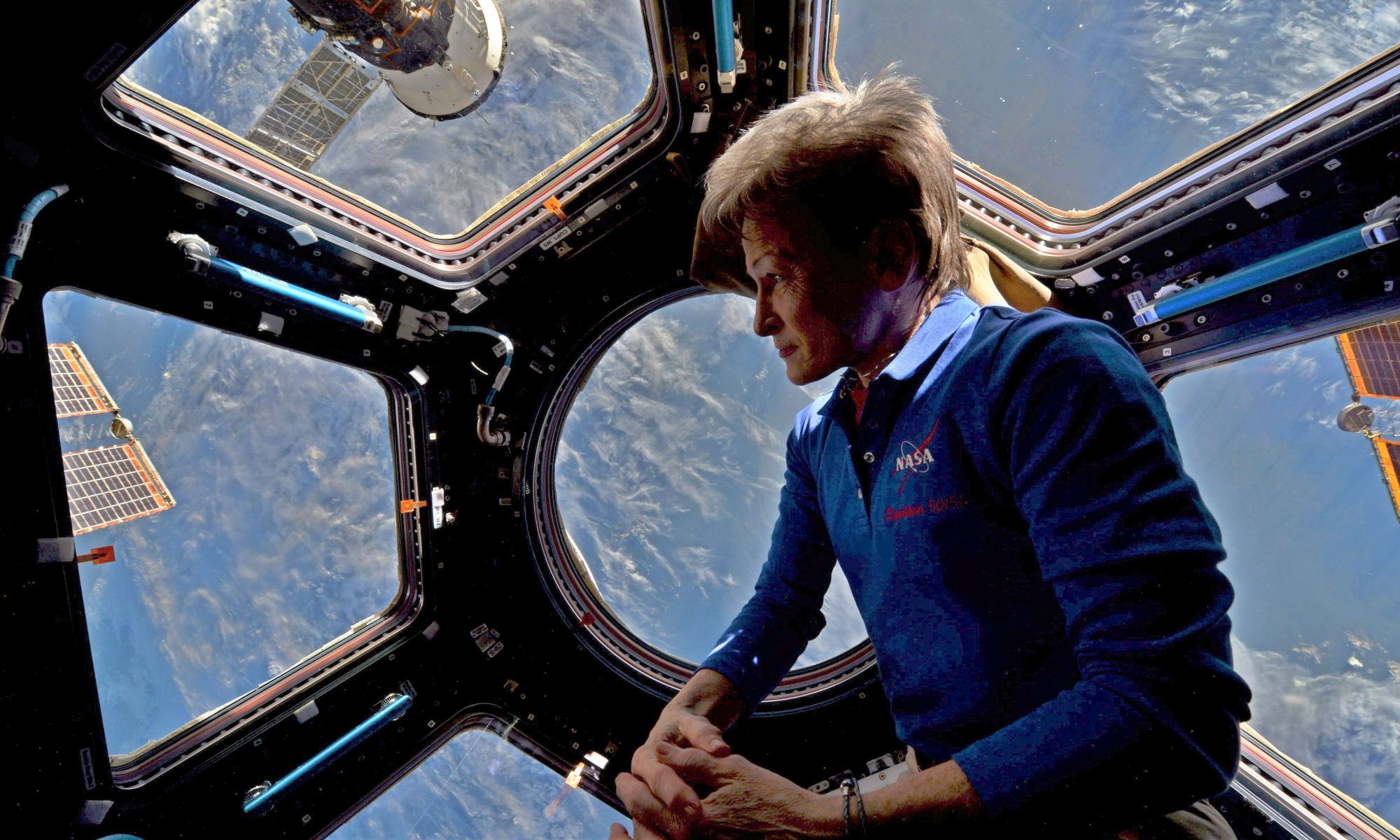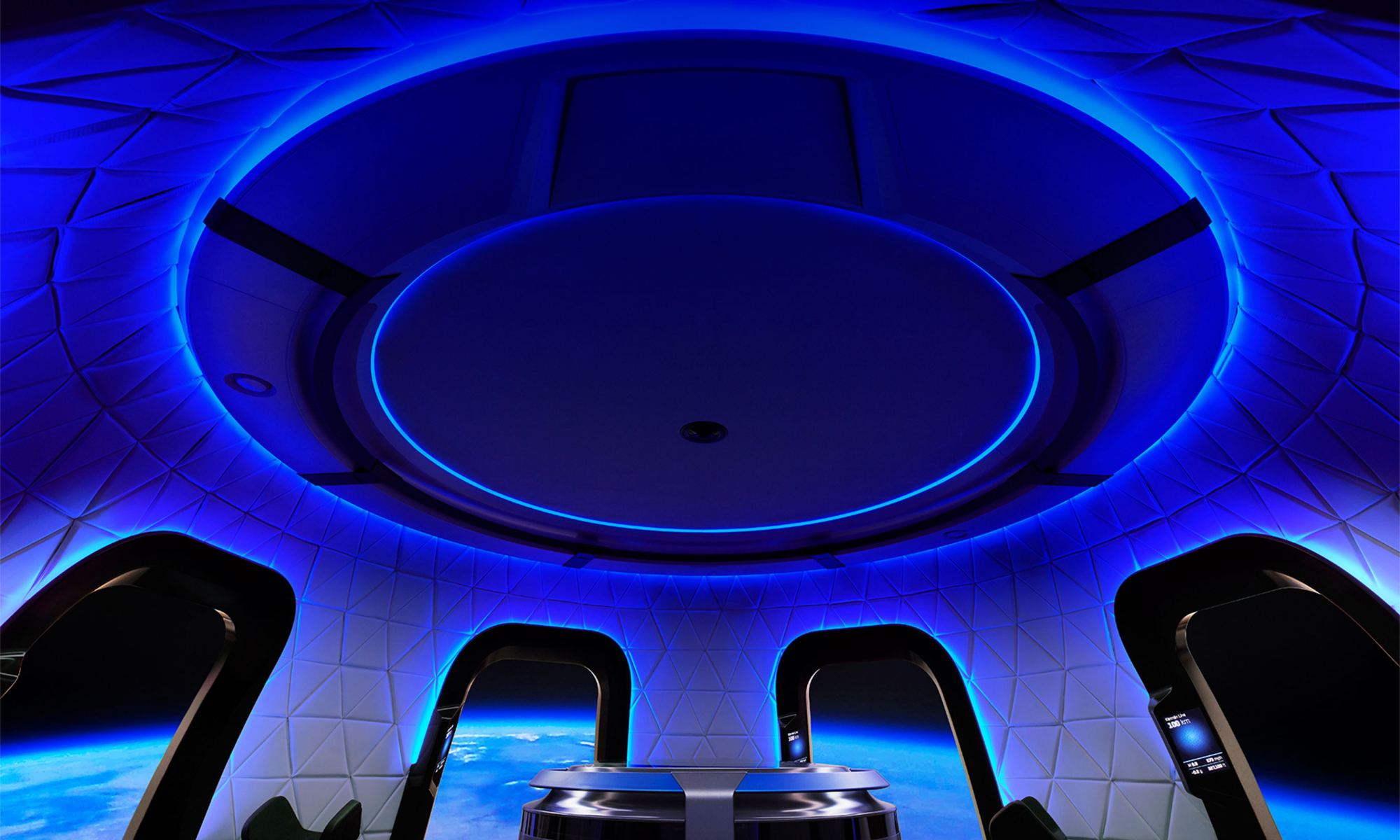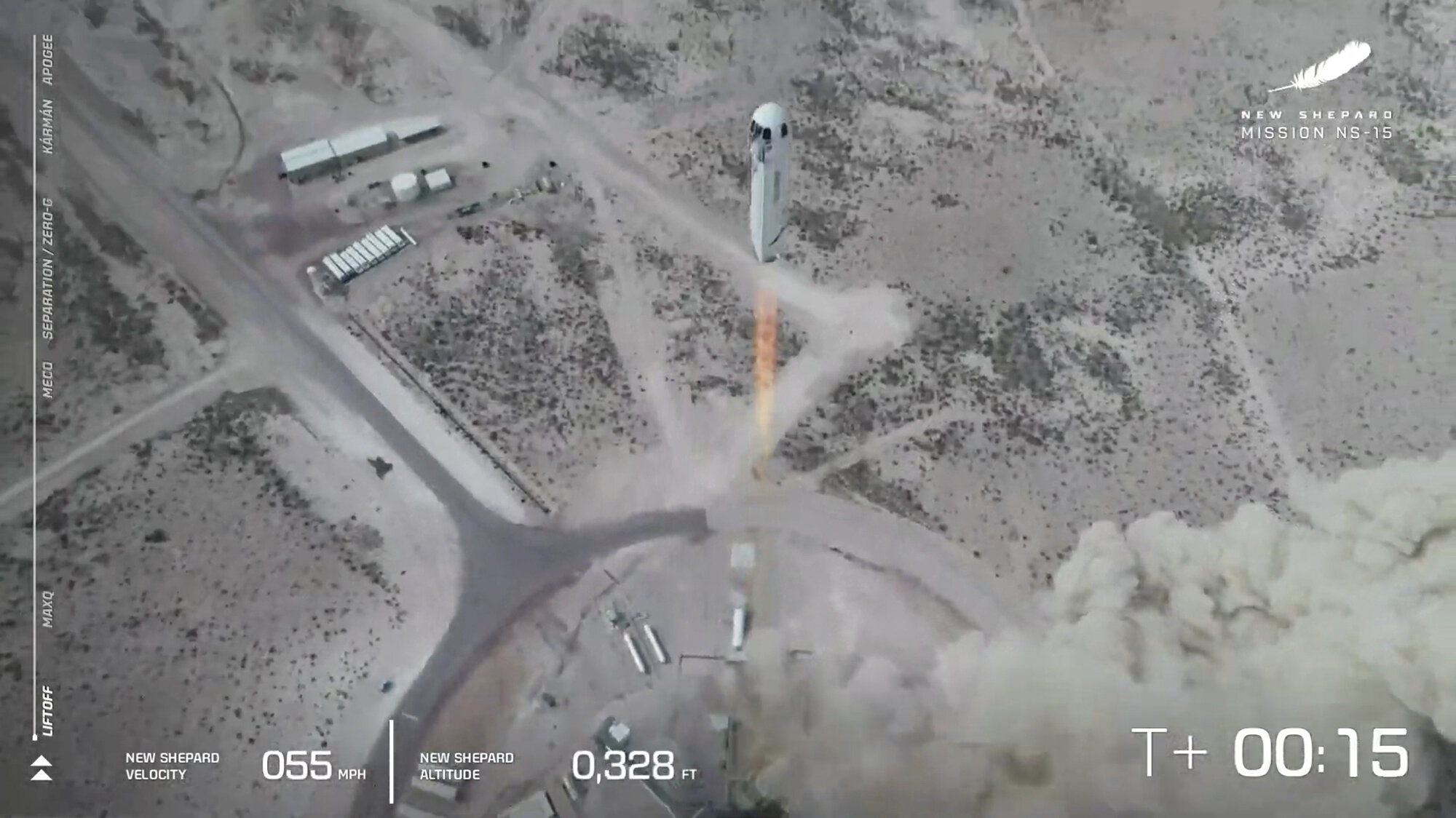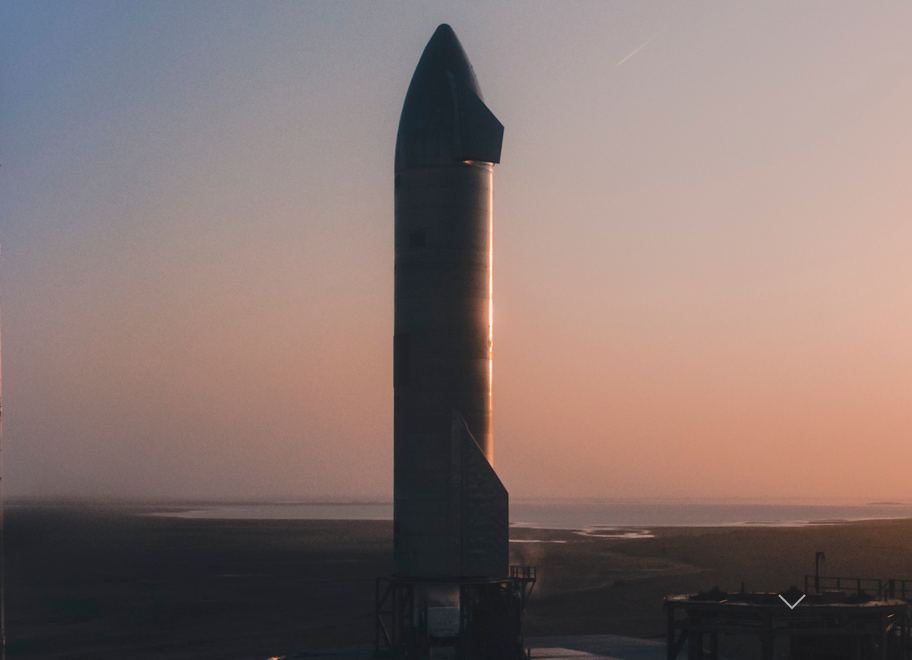In recent years, Amazon founder Jeff Bezos has watched his commercial space company, Blue Origin, lose ground to the competition. While SpaceX has progressed by leaps and bounds towards realizing regular launches to the Moon and Mars (with the fully-reusable Starship), Blue Origin has been stuck in development hell with its launch vehicles. For this reason, Bezos announced that he would be stepping down as CEO of Amazon to focus on his fledgling space company.
So far, this decision has borne fruit, with the successful suborbital flight test of the New Shepard rocket that took place this past April. Stepping things up a notch, Bezos recently announced that when the first crewed flight of the New Shepard happens later this summer, he will be among the passengers. Scheduled to take place on July 20th, this mission will see Bezos and his younger brother Mark become the first billionaire space tycoon to launch to space.
Continue reading “Jeff Bezos Will be Flying to Space Aboard New Shepard Next Month”









